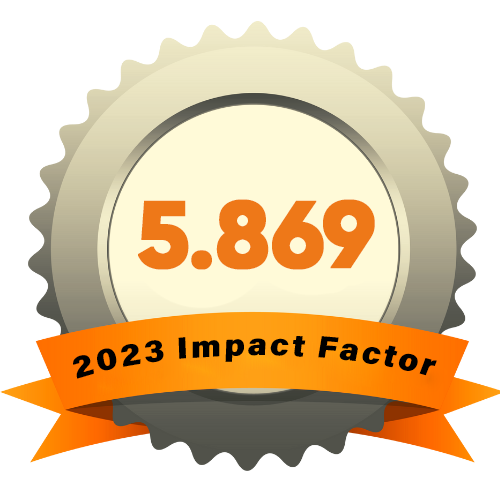DEVELOPMENT OF A MOBILE APPLICATION BASED ON INTERACTIVE VIDEOS FROM GRADE 5 COMPUTER SCIENCE
Abstract
The article discusses a comprehensive approach to developing a mobile application aimed at enhancing Grade 5 computer science education through interactive videos. It emphasizes understanding the target audience of 10-11-year-olds and aligning content with educational standards for effective learning. Key considerations for the app's development include designing a kid-friendly user interface, incorporating progress tracking and feedback mechanisms, and ensuring the content is engaging and educational. Technical aspects such as platform choice, development tools, hosting, and streaming are also covered. The importance of user testing, iterative development, and a strategic launch is highlighted, along with the need to comply with data privacy laws and content licensing.
References
Papert, S. (1980). Mindstorms: Children, Computers, and Powerful Ideas.
Vygotsky, L. S. (1978). Mind in Society: The Development of Higher Psychological Processes. Harvard University Press. - Essential reading on social constructivism, providing a theoretical framework for understanding how children learn in social contexts.
Kafai, Y. B., & Resnick, M. (Eds.). (1996). Constructionism in Practice: Designing, Thinking, and Learning in A Digital World. Lawrence Erlbaum Associates.
Honey, M., & Kanter, D. E. (Eds.). (2013). Design, Make, Play: Growing the Next Generation of STEM Innovators. Routledge.
Crompton, H., & Traxler, J. (Eds.). (2015). Mobile Learning and STEM: Case Studies in Practice. Routledge. - A collection of case studies demonstrating the effectiveness of mobile learning in STEM education
Lai, C. L., & Hwang, G. J. (2015). A self-regulated flipped classroom approach to improving students' learning performance in a mathematics course. Computers & Education, 100, 126-140.
Resnick, M., Maloney, J., Monroy-Hernández, A., Rusk, N., Eastmond, E., Brennan, K., ... & Kafai, Y. (2009). Scratch: Programming for All. Communications of the ACM, 52(11), 60-67.
Nielsen, J. (2014). Mobile Usability. Nielsen Norman Group. - A guide to mobile app design, focusing on usability principles for creating effective and user-friendly application
Google. (2020). Material Design Guidelines. https://material.io/design - Provides comprehensive guidelines for designing intuitive and engaging user interfaces.
Code.org. (2020). Computer Science Fundamentals. https://code.org/educate/curriculum/elementary-school - An online curriculum resource for elementary computer science education.
ScratchEd. (2020). ScratchEd Resources. http://scratched.gse.harvard.edu/resources - Offers resources for educators using Scratch in their teaching.












